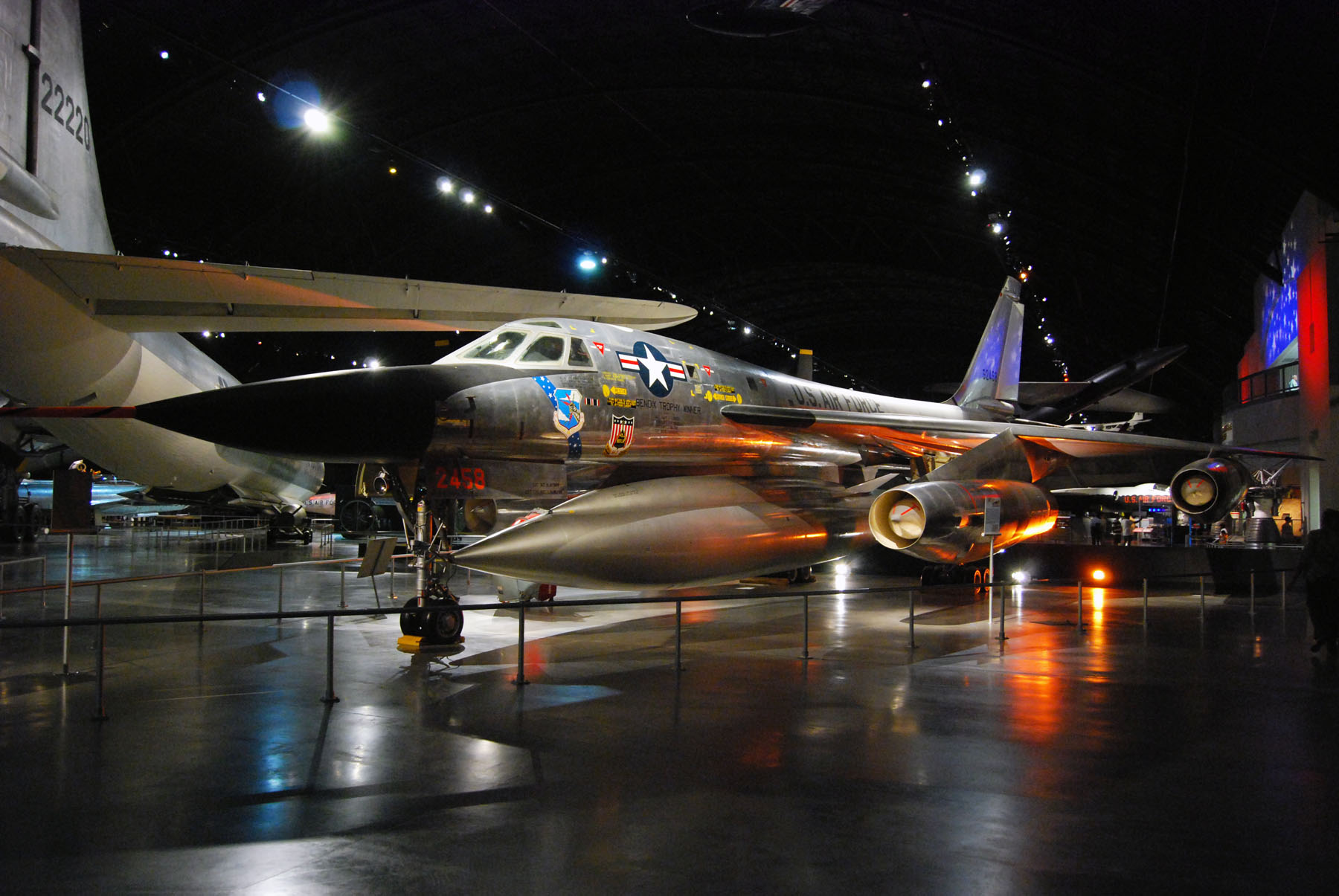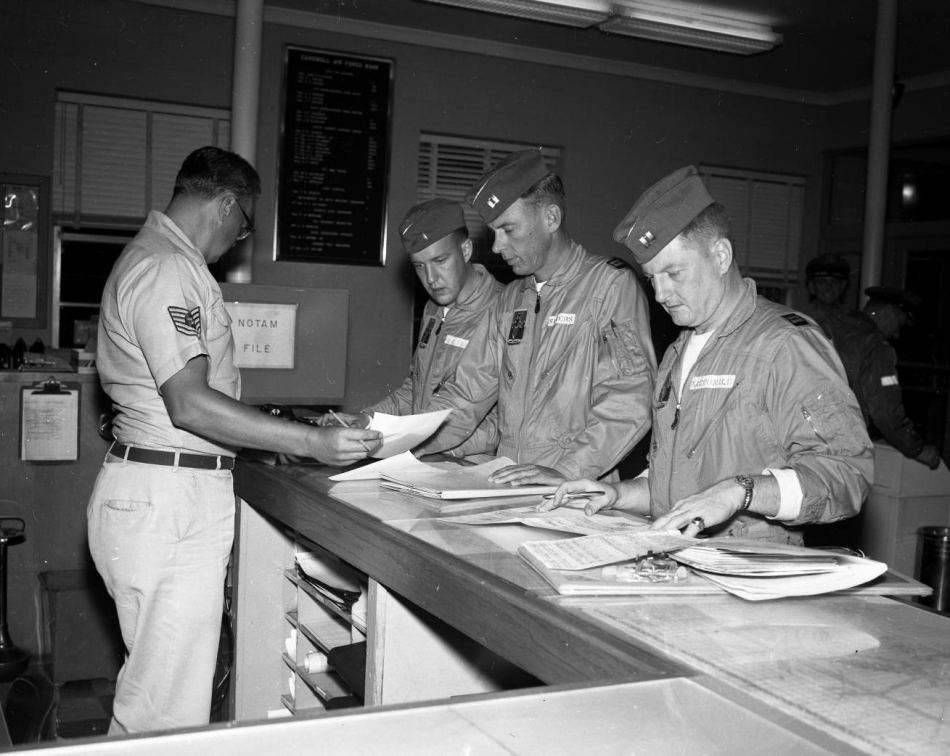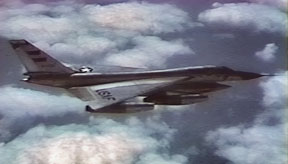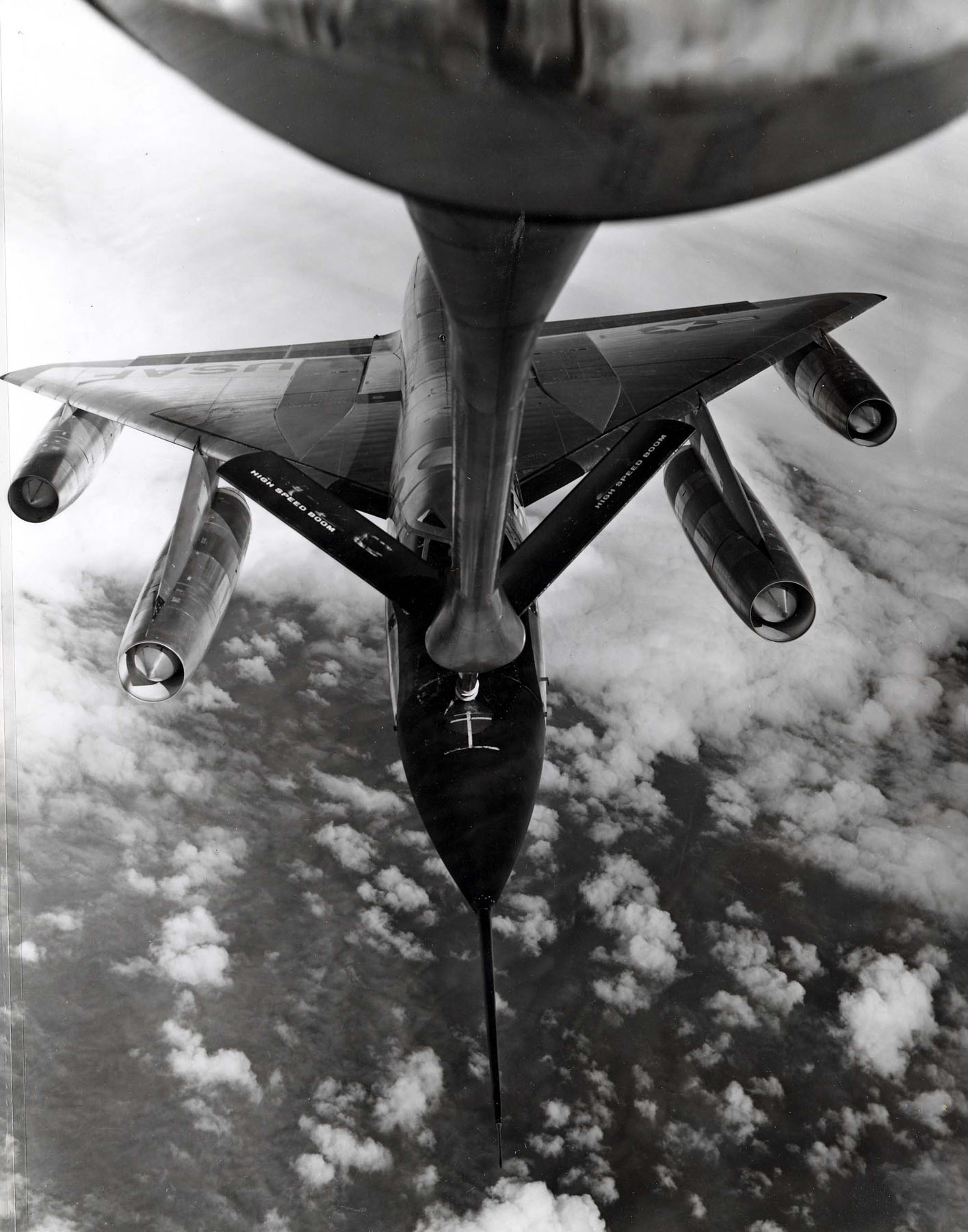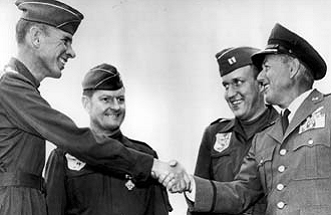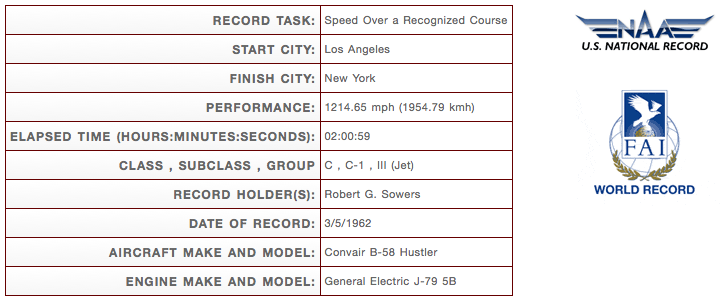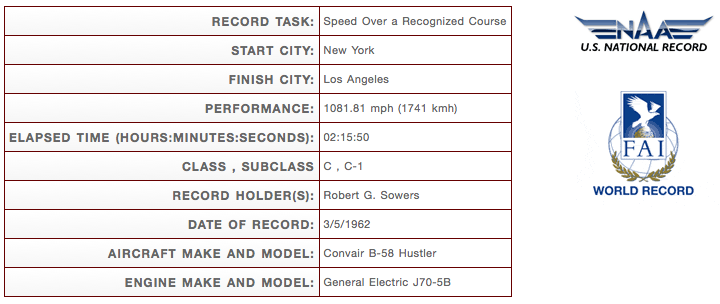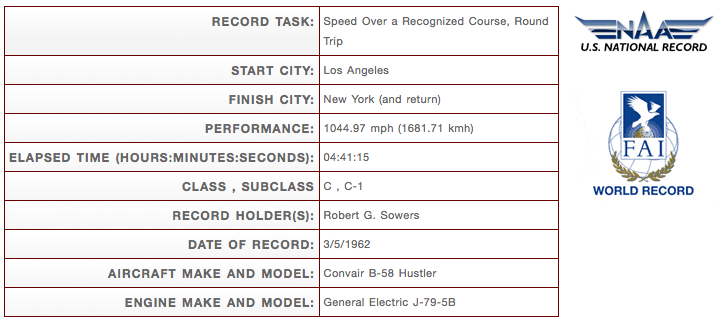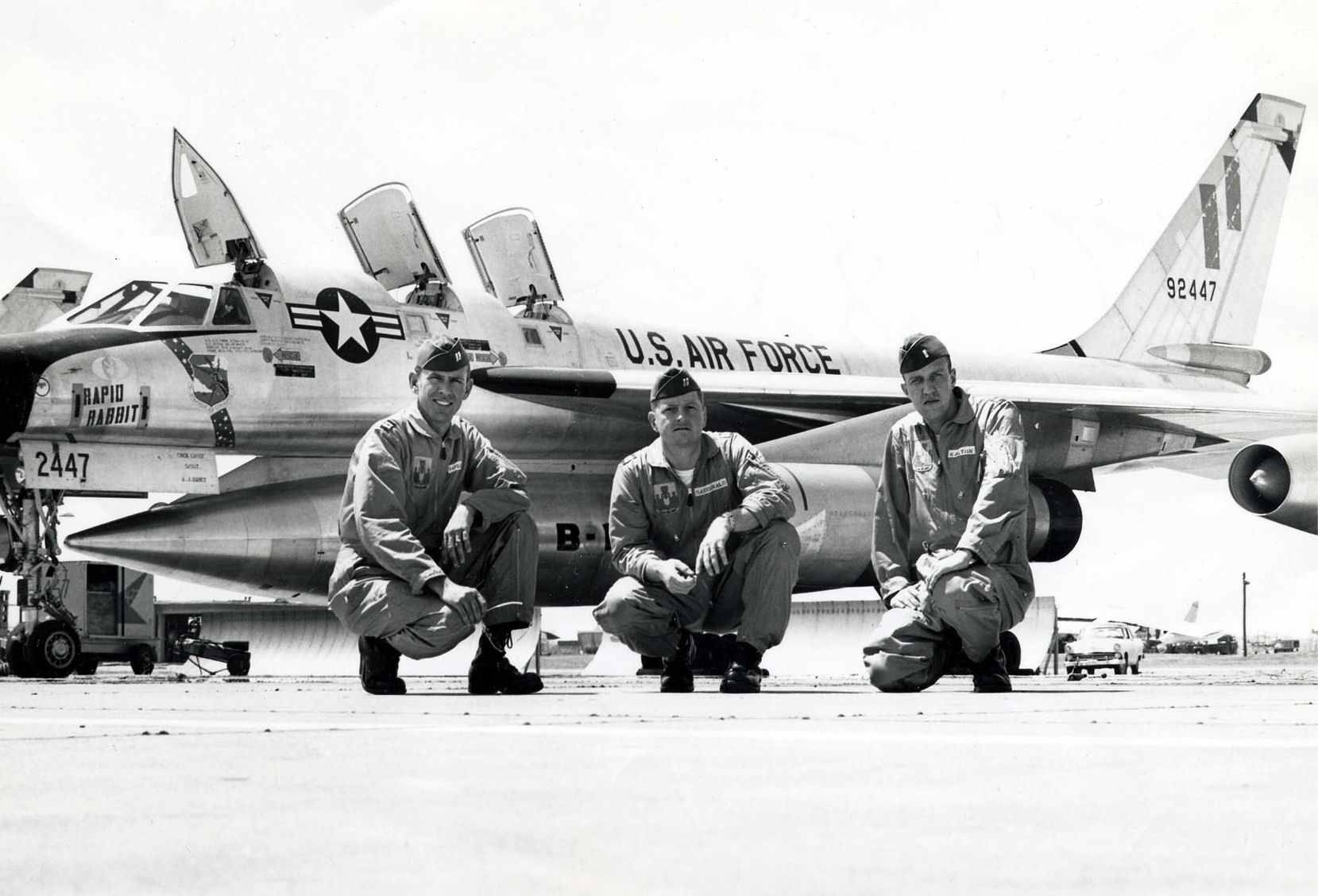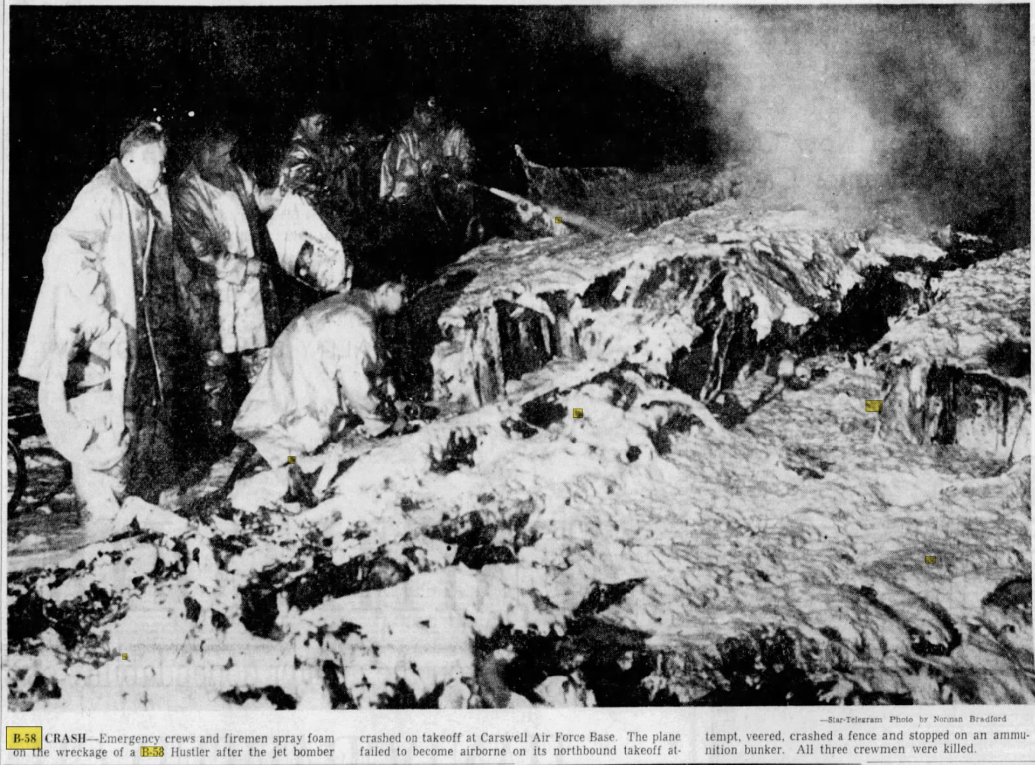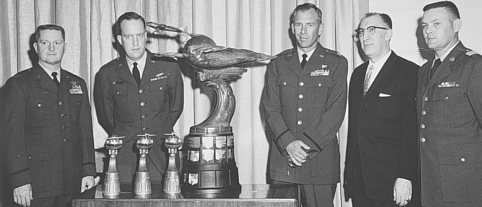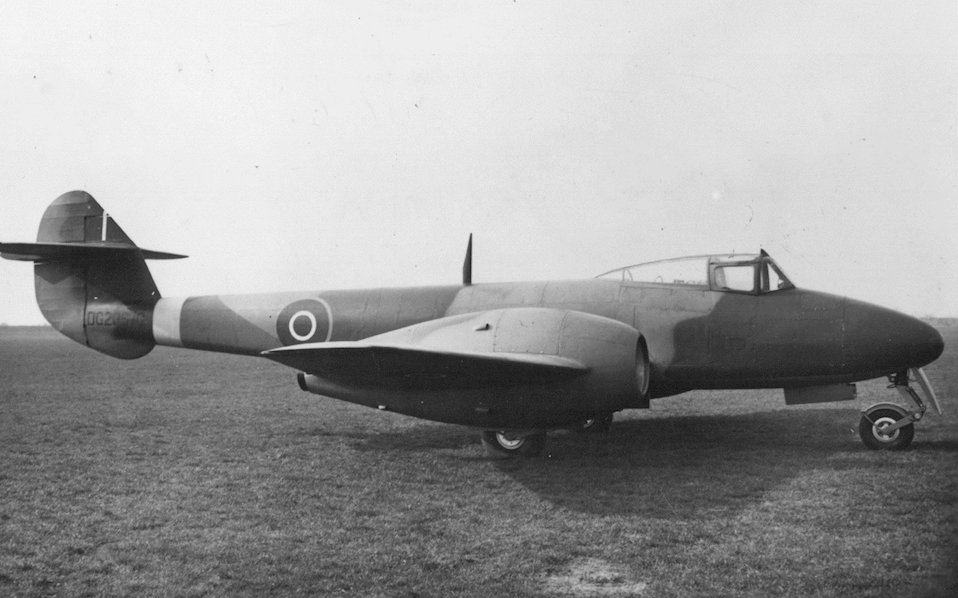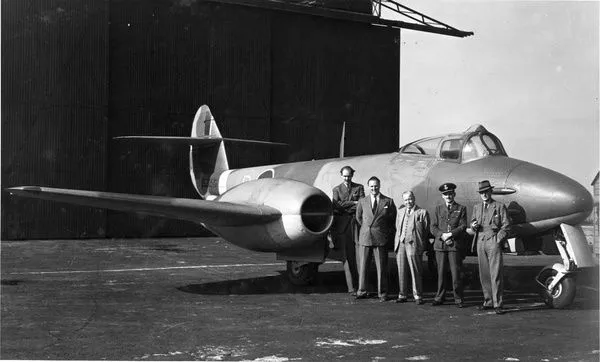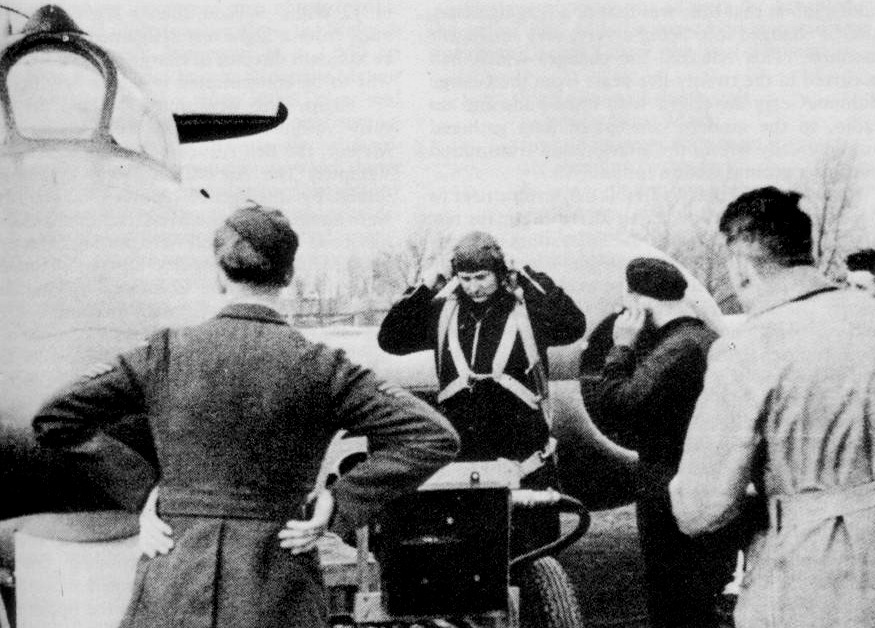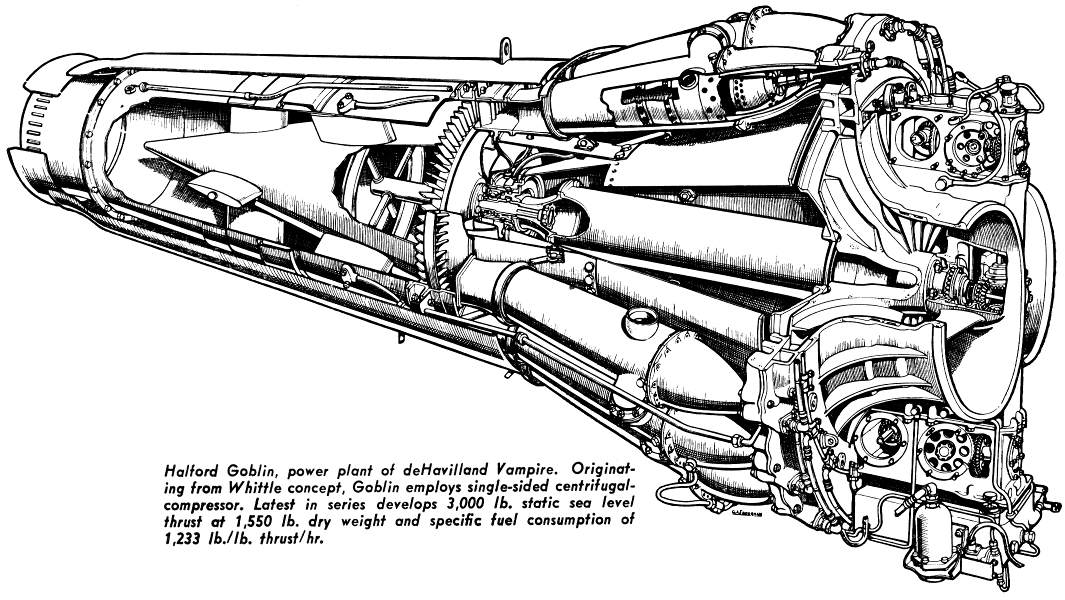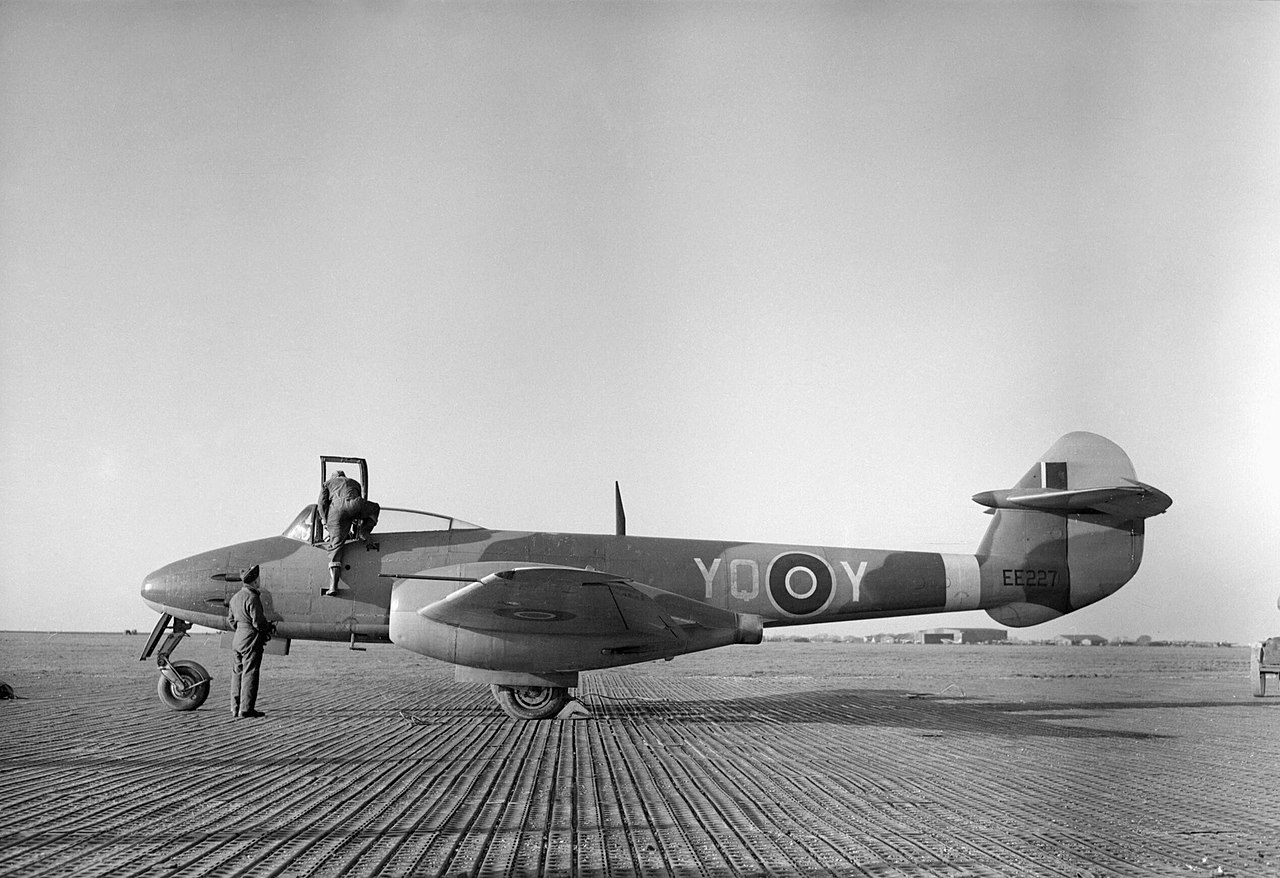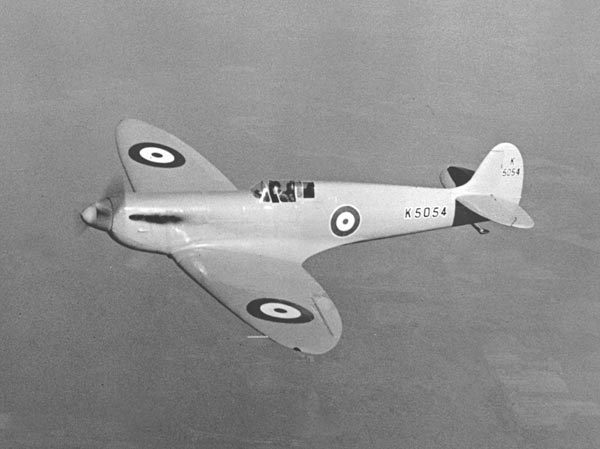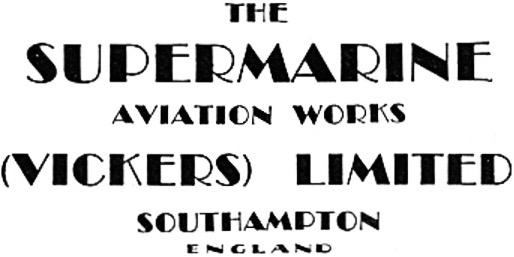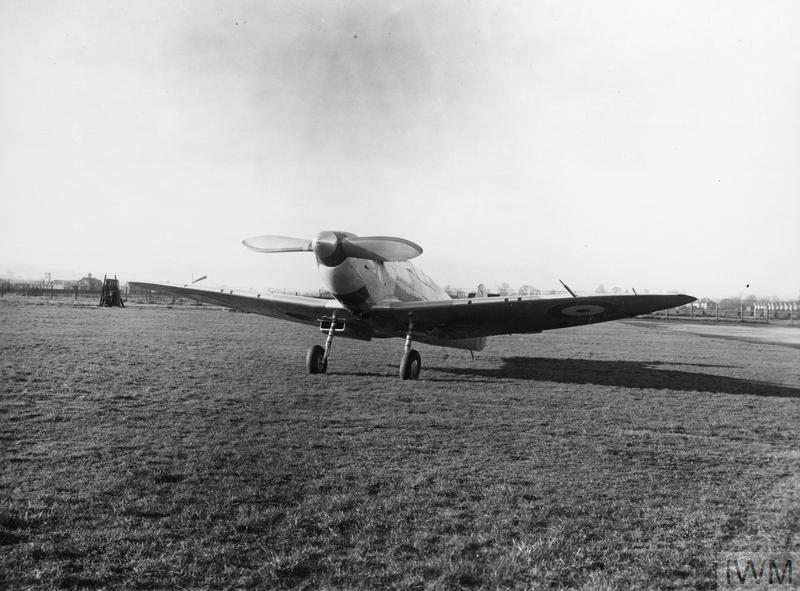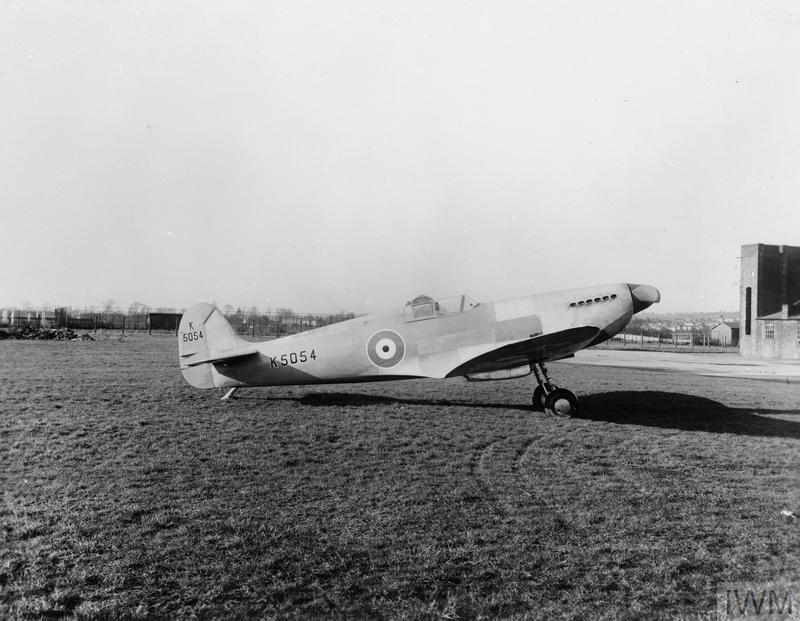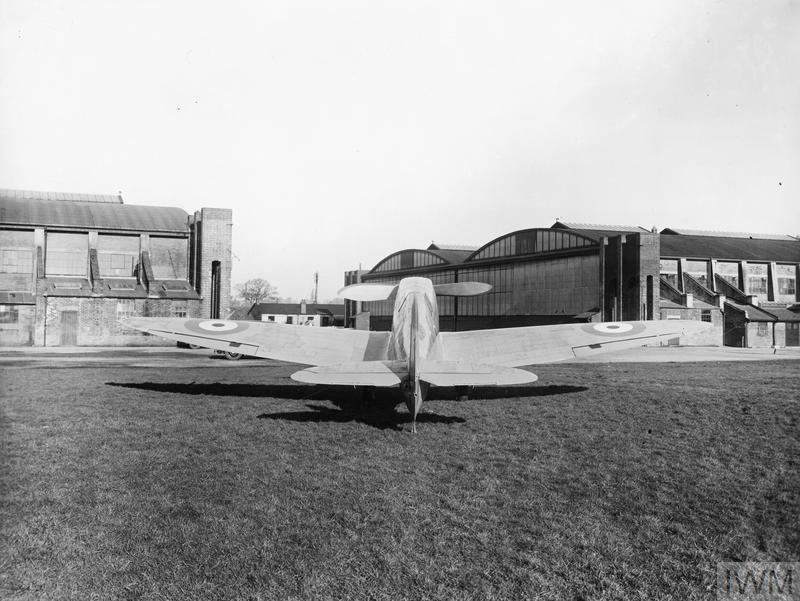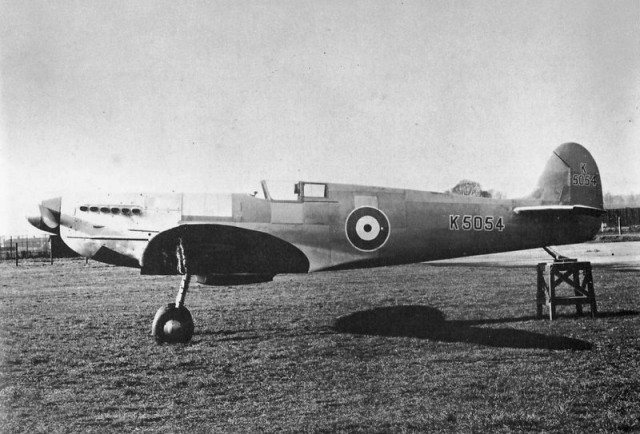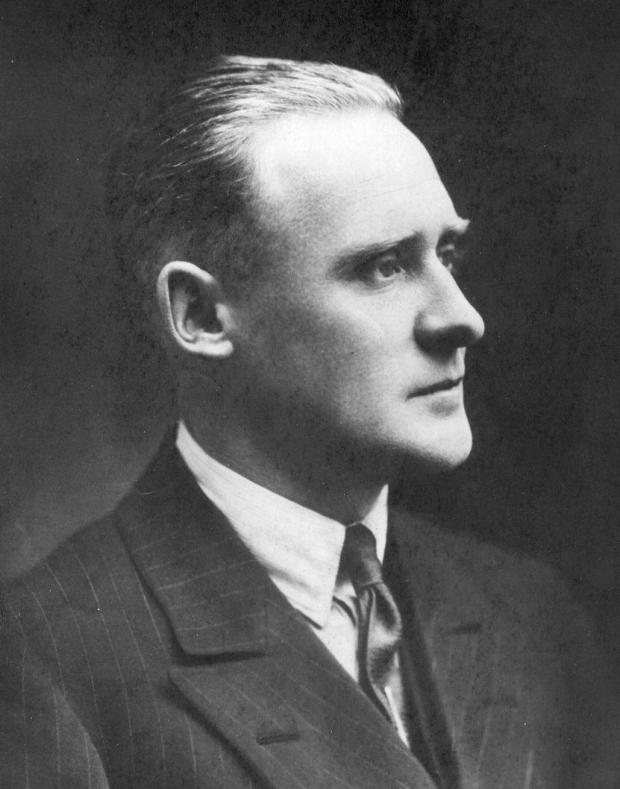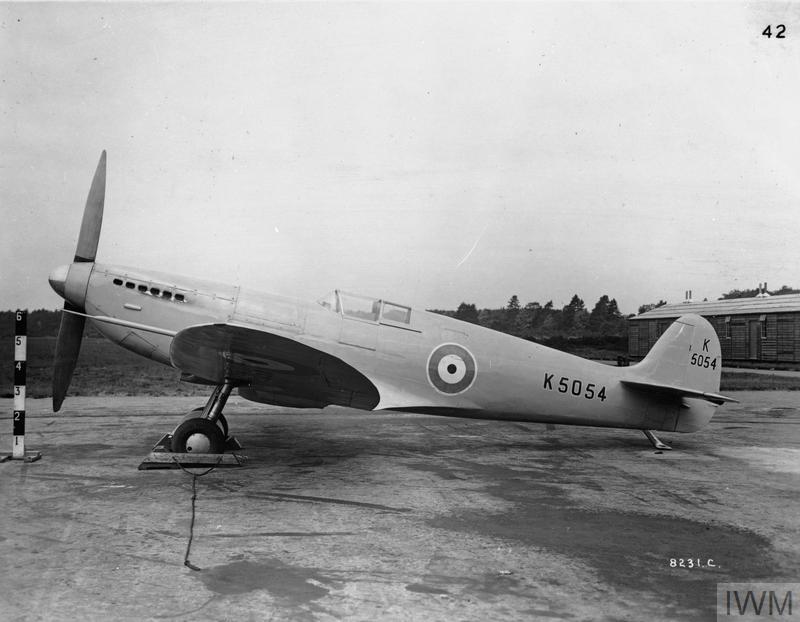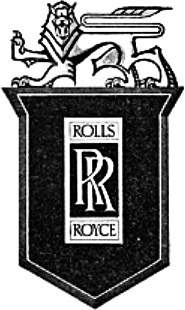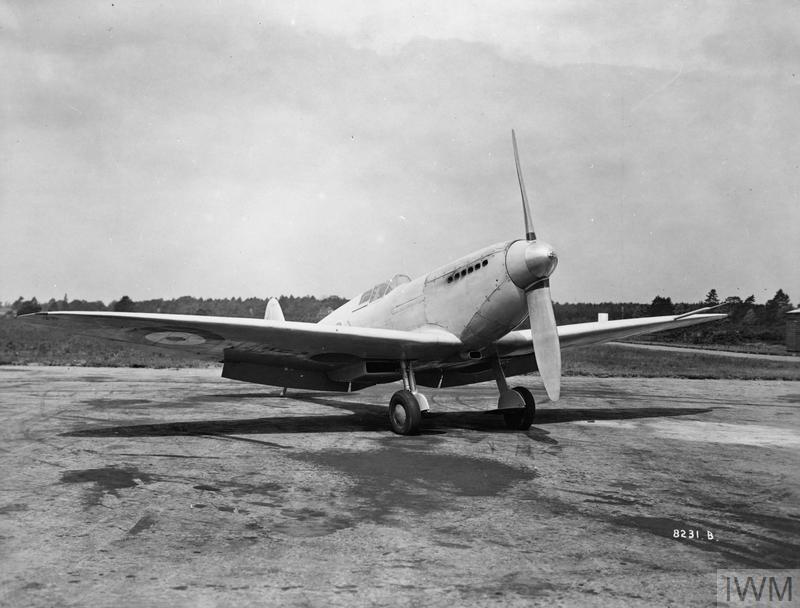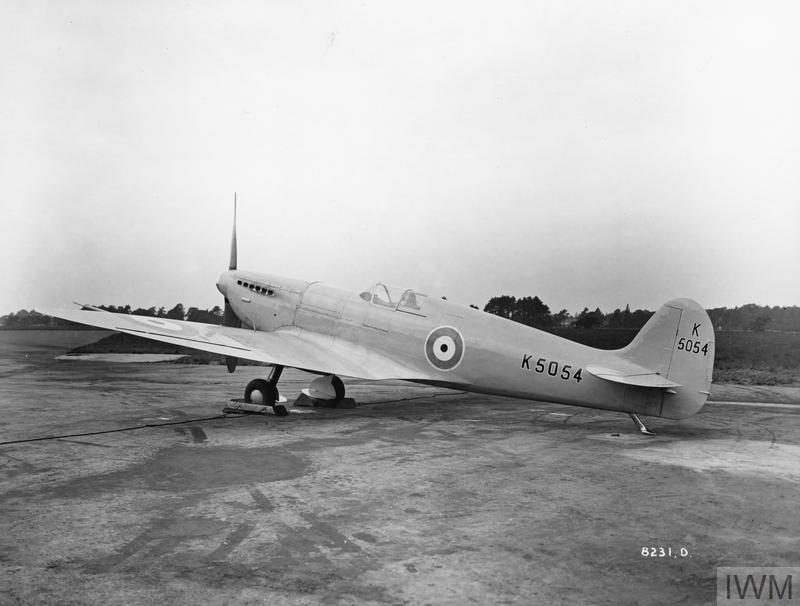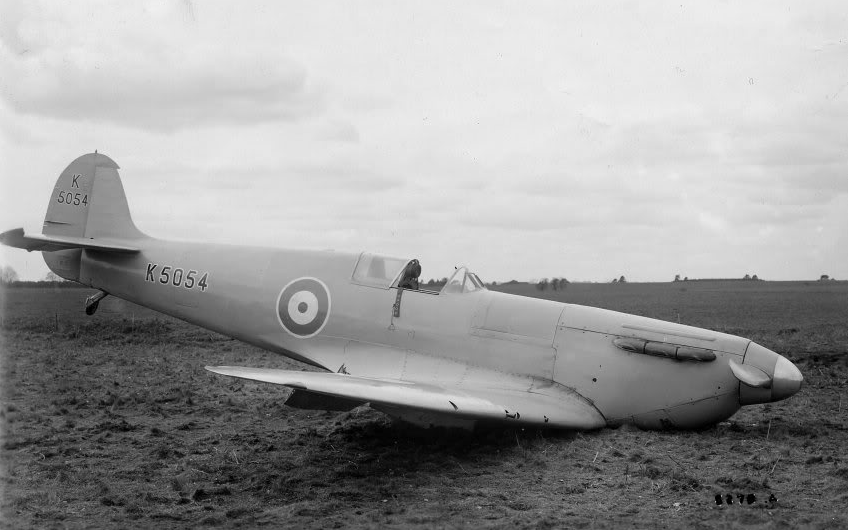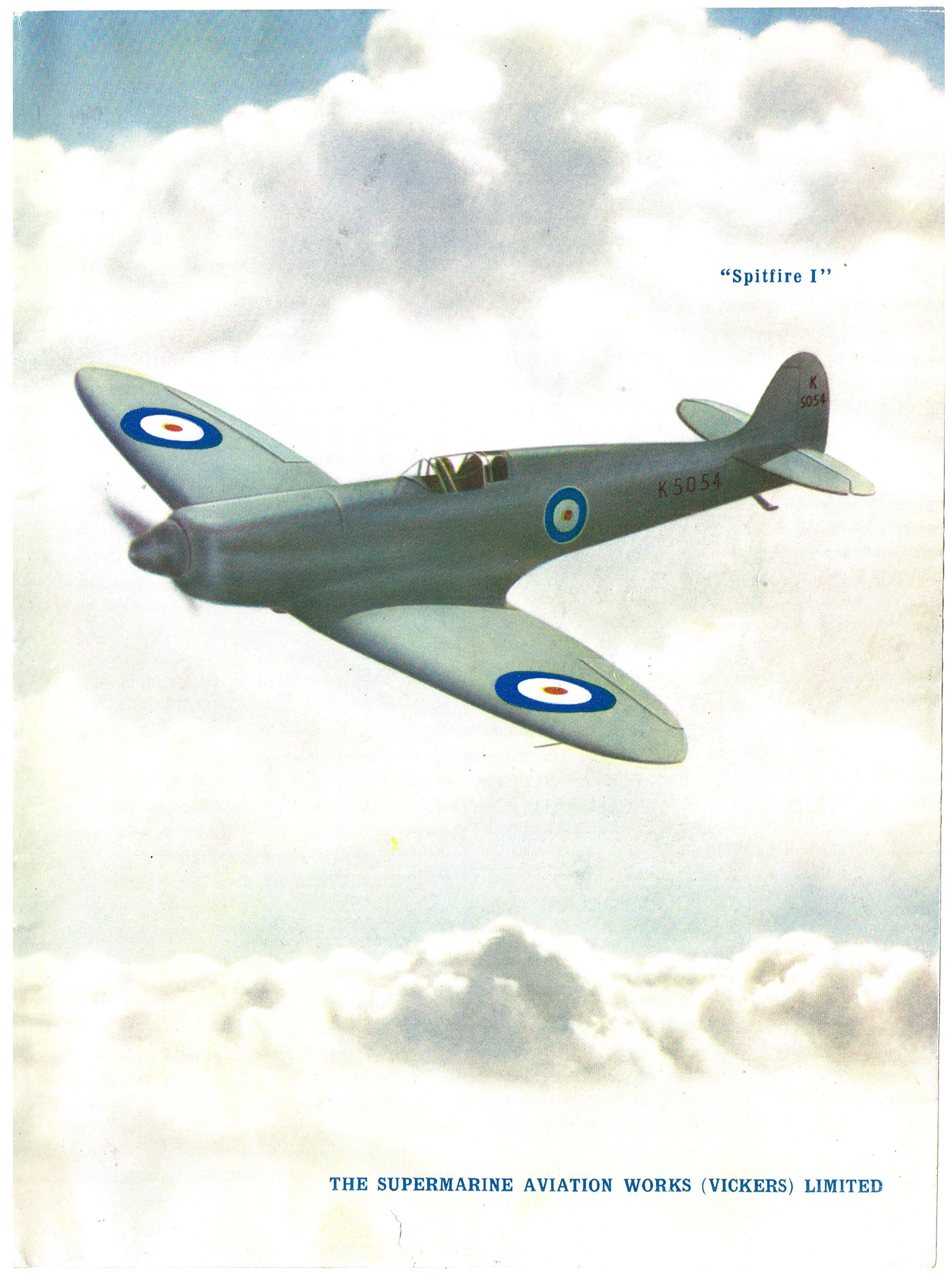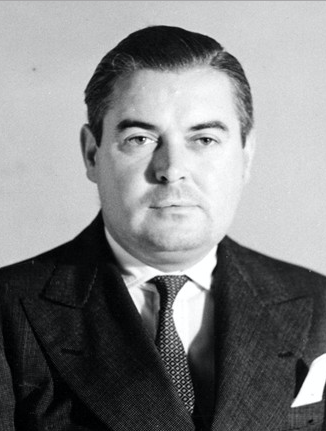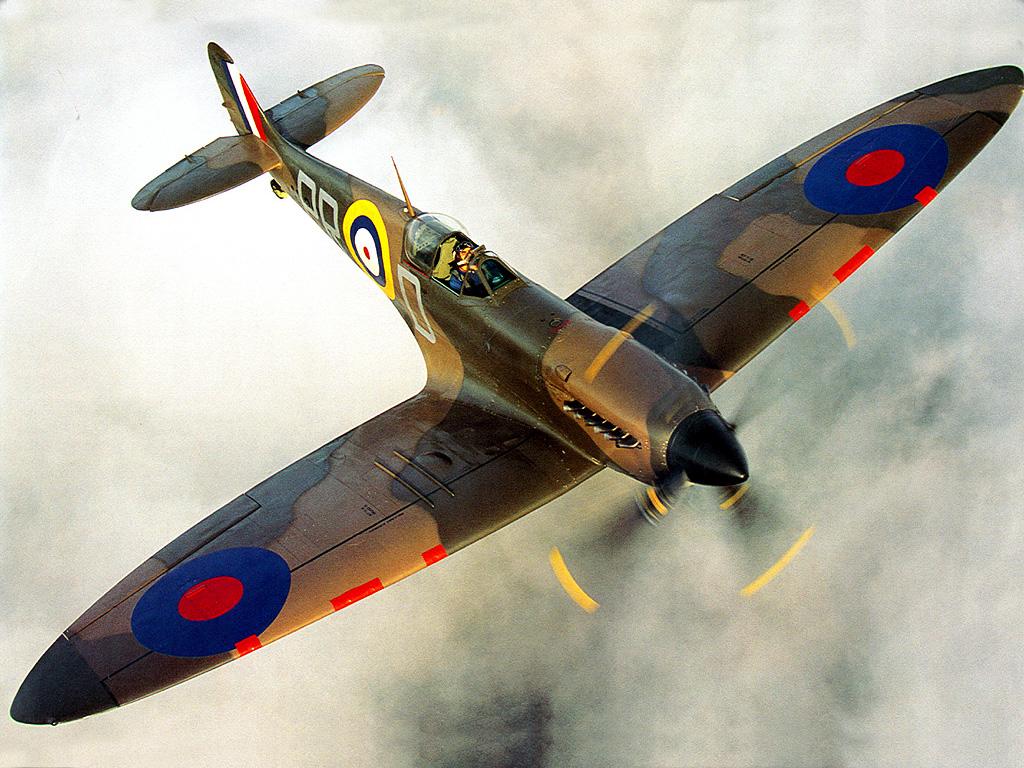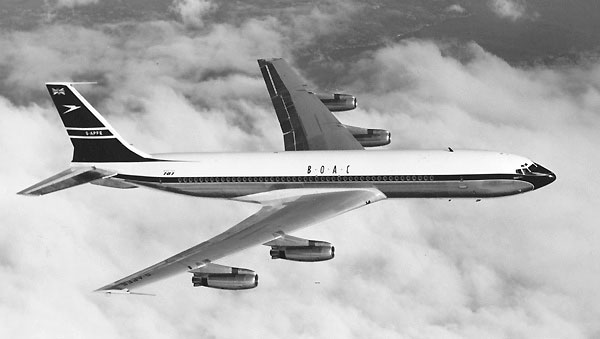
![]() 5 March 1966: British Overseas Airways Corporation Speedbird 911, an around-the-world flight, departed Tokyo-Haneda Airport (HND) at 1:58 p.m., enroute Hong Kong-Kai Tak (HKG), with 113 passengers and 11 crew members. The airliner was a Boeing 707-436 Intercontinental, serial number 17706, with British registration G-APFE. It was nearly six years old, having been delivered 29 April 1960, and had 19,523 hours on the airframe.
5 March 1966: British Overseas Airways Corporation Speedbird 911, an around-the-world flight, departed Tokyo-Haneda Airport (HND) at 1:58 p.m., enroute Hong Kong-Kai Tak (HKG), with 113 passengers and 11 crew members. The airliner was a Boeing 707-436 Intercontinental, serial number 17706, with British registration G-APFE. It was nearly six years old, having been delivered 29 April 1960, and had 19,523 hours on the airframe.
Shortly before takeoff, the flight crew requested a change from an IFR flight plan to VFR, with a course that would take the airliner near Mount Fuji. The 707 climbed to an altitude of 16,000 feet (4,875 meters) as it approached the mountain from the southwest. The weather was very clear. A weather station on Fuji recorded wind speeds of 60–70 knots (111–130 kilometers per hour).
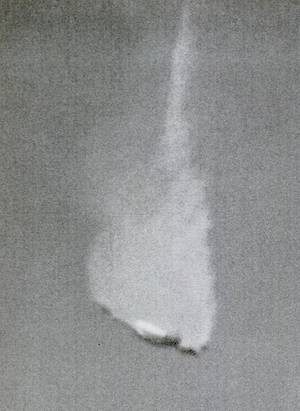
Flying upwind toward Fuji at 320–370 knots (592–685 kilometers per hour), Speedbird 911 encountered severe Clear Air Turbulence that resulted in a catastrophic structural failure of the airframe. The vertical fin attachment failed and as it fell away, struck the left horizontal stabilizer, breaking it off. Next, the ventral fin and all four engine pylons failed due to extreme side loads. The 707 went in to a flat spin, trailing fuel vapor from ruptured tanks. The entire tail section broke away, the right wing failed, and the nose section came off.
The 707 left a debris field that was 10 miles (16 kilometers) long. Speedbird 911 crashed in a forest on the lower flanks of Mount Fuji at about the 3,500 foot (1,066 meter) level. The forward section crashed about 1,000 feet (300 meters) away from the main wreckage. All 124 persons aboard were killed.
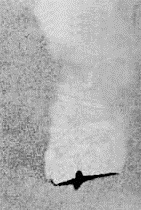
Probable Cause(s) The probable cause of the accident is that the aircraft suddenly encountered abnormally severe turbulence over Gotemba City which imposed a gust load considerably in excess of the design limit.
—ICAO Circular 82–AN/69 at Page 49
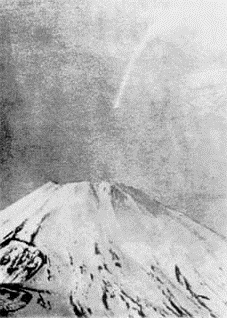
The accident was photographed by the Japanese Self Defense Forces from the East Fuji Maneuver Area, located in the foothills of the volcano. A passenger aboard Speedbird 911 had been filming with an 8 mm movie camera. The camera and film were recovered from the wreckage and the film was developed as part of the investigation. The film showed that the aircraft had experienced severe turbulence immediately before the accident. (Investigators estimated the peak acceleration at 7.5 g.)
A U.S. Navy Douglas A-4 Skyhawk was sent to look for the accident site. When the fighter approached Mount Fuji, it also encountered severe turbulence, to the point that the pilot feared the small fighter would break up in flight. After returning to base, the A-4 was grounded for inspection. Its accelerometer indicated that it had experienced acceleration forces ranging from +9 Gs to -4 Gs.

![]() G-APFE was a Boeing 707-436 Intercontinental, built in 1960 for British Overseas Airways. At the time of the accident, it had made 6,744 flights and accumulated a total of 19,523:33 hours (TTAF).
G-APFE was a Boeing 707-436 Intercontinental, built in 1960 for British Overseas Airways. At the time of the accident, it had made 6,744 flights and accumulated a total of 19,523:33 hours (TTAF).
The -436 was a stretched version of the original 707-120, but with Rolls-Royce Conway 508 bypass turbojet engines (now called turbofans) in place of the standard Pratt & Whitney JT3C-6 turbojet engines. 15 ordered by British Overseas Airways Corporation in 1956.
The fuselage and wings of the Intercontinental were lengthened, allowing an increased load and greater fuel capacity. It could carry 189 passengers and had a range 1,600 miles further than the -120. Transoceanic flights without an intermediate fuel stop were possible.
Initially, British aviation authorities refused to certify the -436 because of low-speed handling concerns. Boeing increased the height of the vertical fin 40 inches and added a ventral fin. These modifications became standard on all future 707s and were retro-fitted to those already manufactured.
The Boeing 707-420 series airliners were 152 feet, 11 inches (46.609 meters) long, with a wingspan of 142 feet, 5 inches (43.409 meters) and overall height 42 feet, 2 inches (12.852 meters) at its operating empty weight. The leading edges of the wings and tail surfaces are swept 35°. The fuselage has a maximum diameter of 12 feet, 8.0 inches (3.759 meters). The 707 International has a typical empty weight of 142,600 pounds (64,682 kilograms), and a maximum takeoff weight (MTOW) of 312,000 pounds (141,700 kilograms). The usable fuel capacity is 23,820 gallons (90,169 liters).
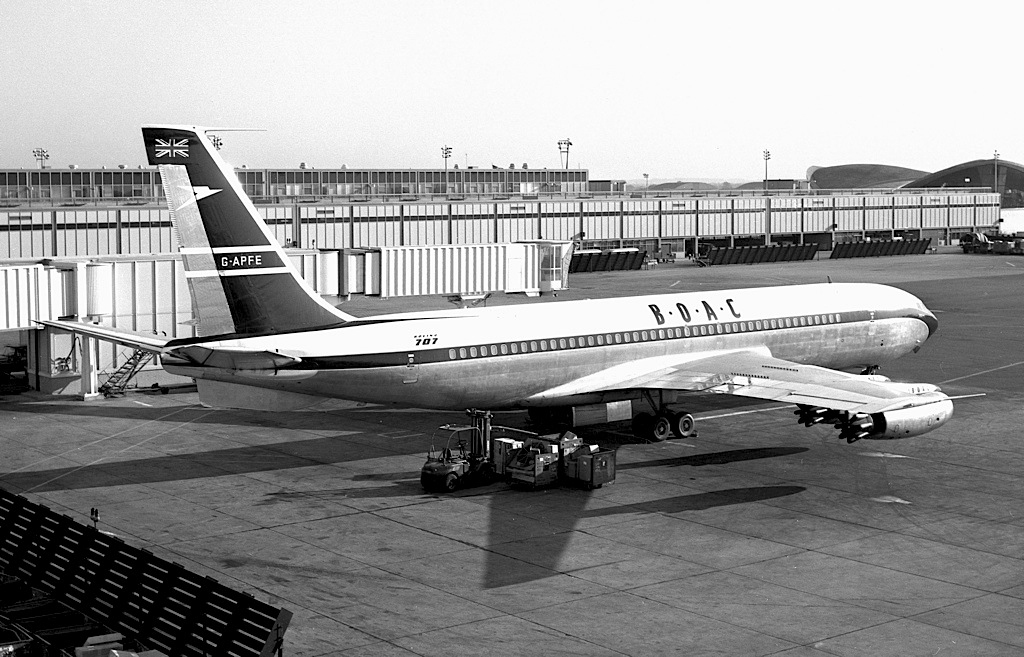
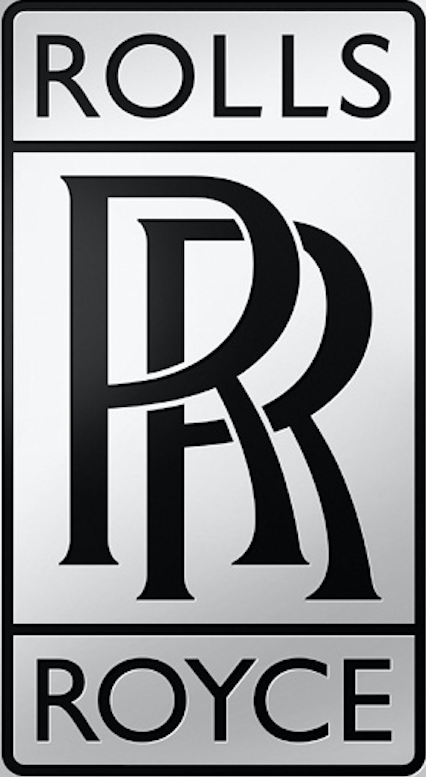 All 707-series aircraft are powered by four jet engines installed in nacelles below and forward of the wings on pylons. The -420 Internationals were powered by Rolls-Royce Conway Mk. 508 engines. The Rolls-Royce Conway (R.Co.12) is a two-spool, axial-flow, low-bypass turbofan engine. The engine has a 7-stage low- and 9-stage high-pressure compressor section, 12 interconnected combustion liners, with a single-stage high- and 2-stage low-pressure turbine. The Mk. 508 has a Maximum Continuous Power rating of 14,625 pounds of thrust (65.055 Kilonewtons), and 17,500 pounds of thrust (77.844 Kilonewtons) at 9,990 r.p.m., for Takeoff. The engine is 3 feet, 6.0 inches (1.067 meters) in diameter, 11 feet, 4.0 inches (3.454 meters) long, and weighs 4,542 pounds (2,060 kilograms).
All 707-series aircraft are powered by four jet engines installed in nacelles below and forward of the wings on pylons. The -420 Internationals were powered by Rolls-Royce Conway Mk. 508 engines. The Rolls-Royce Conway (R.Co.12) is a two-spool, axial-flow, low-bypass turbofan engine. The engine has a 7-stage low- and 9-stage high-pressure compressor section, 12 interconnected combustion liners, with a single-stage high- and 2-stage low-pressure turbine. The Mk. 508 has a Maximum Continuous Power rating of 14,625 pounds of thrust (65.055 Kilonewtons), and 17,500 pounds of thrust (77.844 Kilonewtons) at 9,990 r.p.m., for Takeoff. The engine is 3 feet, 6.0 inches (1.067 meters) in diameter, 11 feet, 4.0 inches (3.454 meters) long, and weighs 4,542 pounds (2,060 kilograms).
The -420 series had a maximum cruise speed of 593 miles per hour 954 kilometers per hour) at 30,000 feet (9,144 meters)—0.87 Mach; and economical cruise speed of 550 miles per hour (885 kilometers per hour) at 35,000 feet (10668 meters).
Boeing built 1,010 Model 707 airplanes between 1957 and 1979. Of these, 37 were the 707-420 Intercontinental variant.
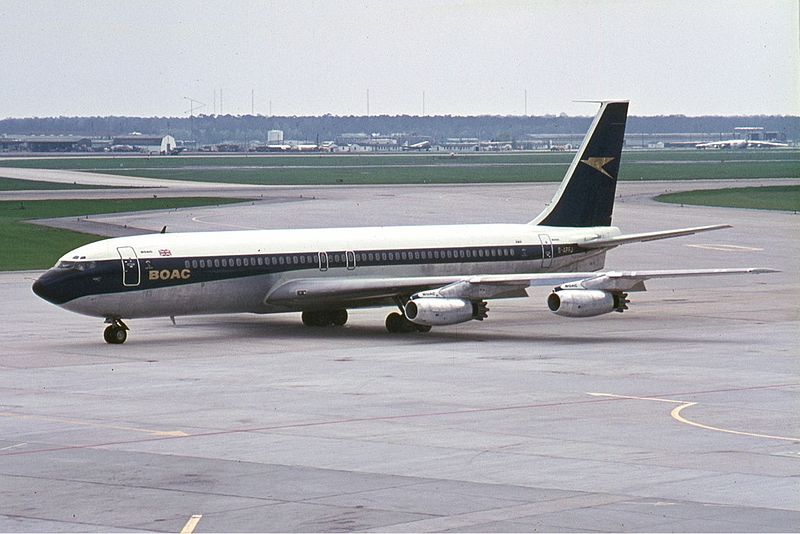
© 2019, Bryan R. Swopes
